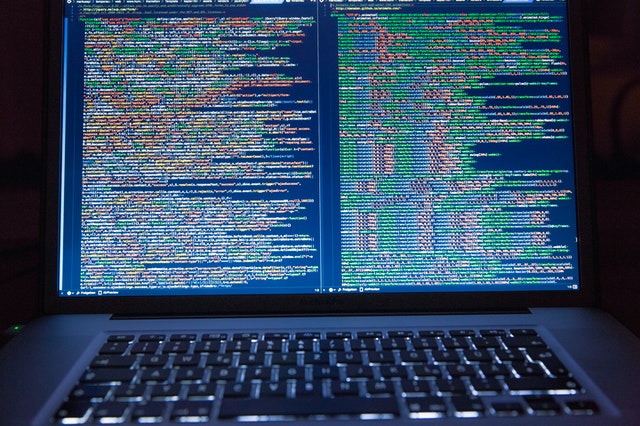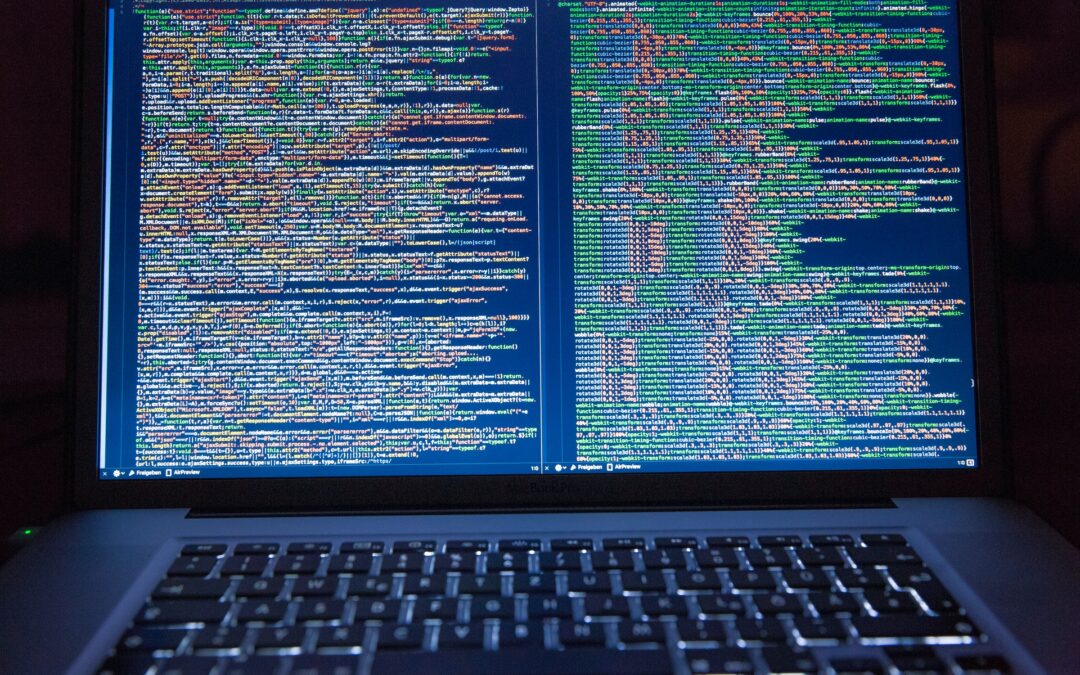
Overview of Blockchain Technology
Blockchain technology functions primarily like a database, holding information in a digital ledger consisting of distinct separate blocks, with every new transaction adding to the chain.
In essence, blockchain is literally just a chain of blocks where the words “block” and “chain” in this context is digital information (the “block”) stored in a public database (the “chain”).
Blockchain is different from static databases in the sense that it does not have any centralized storage point and information is distributed throughout the chain. This means that every single transaction, addition, deletion and adjustment is precisely recorded throughout the chain in real time.
A distributed ledger stands in contrast to a centralized ledger, which most companies use. A centralized ledger is more prone to cyber attacks and fraud, as it has a single point of failure.
The moment a new block is validated, it becomes part of the chain and every chain participant can fully view the entire chain.

Photo courtesy: NIST (National Institute of Standards and Technology)
“Blocks” in the blockchain store pieces of digital information, specifically these 3 parts:
- Blocks store information about transactions like the date, time, dollar amount, etc.
- Blocks store information about who is participating in transactions without any identifying information using a unique digital signature.
- Blocks store information that distinguishes them from other blocks using a unique code called a “hash” that tells it apart from every other block. Hashes are cryptographic codes created by special algorithms.
The salient features of the blockchain system are wide distribution, transparency, immediacy, and decentralization. These properties are what makes it possible to secure digital currencies and also find numerous applications in foolproof anti-counterfeiting and product protection technologies.
Smart Contracts and Blockchain use in the Supply Chain
Suppliers can use blockchain to record the origins of materials that they have purchased. This would allow companies to verify the authenticity of their products, along with health and ethics labels like “Organic,” “Local,” and “Fair Trade.”
The food industry is moving into the use of blockchain to increasingly track the path and safety of food throughout the farm-to-user journey.
Blockchain technology possesses the potential to revolutionize supply chain security. This can be achieved by impacting how the supply chain stakeholders can communicate as well as share permissions throughout a blockchain-enabled supply chain.
A pioneer in the application of blockchain technology to the food and beverage supply chain was IBM and Walmart working together to improve track and trace capabilities. In a famous test, blockchain technology took only a couple of seconds to do a traceback where a conventional system would take almost seven days.
Instead of the traditional system of easily available blueprints and metadata, a manufacturer could leverage a smart contract between a brand owning company and the very machine that produces it. This effectively forestalls any efforts towards counterfeiting and product diversion by unscrupulous elements.
A smart contract is a computer code that can be built into the blockchain to facilitate, verify, or negotiate a contract agreement. Smart contracts operate under a set of conditions that users agree to and when those conditions are met, the terms of the agreement are automatically carried out.
An example is a smart contract for an apartment rental. The apartment owner agrees to give the renter the door code to the apartment as soon as the security deposit is paid. Both parties would send their portion of the deal to the smart contract, which would hold onto and automatically exchange the door code for the security deposit on the date of the rental. If the apartment owner doesn’t supply the door code by the rental date, the smart contract refunds the security deposit to the renter.
Blockchain for Brand Protection
Blockchain technology can be very successfully deployed for companies seeking to protect their intellectual property, as well prevent the counterfeiting of their products. By unlocking the ability to track items individually and maintaining a digital ledger that can’t be tampered with, blockchain has the potential to be a useful tool in verifying the authenticity of products in multiple industries.
Blockchain provides a secure, time-bound, as well as data-specific record of transactions that transforms brand protection. This enables companies to effectively establish, as to who the progenitor of an idea was. A blockchain’s in-built time-stamped record can be very effective in establishing a record of originality.
The blocks within a blockchain system can be utilized to identify and trace what can be termed the chain of custody pertaining to goods moving throughout the supply chain. By using the serial numbers or some other product data throughout a blockchain, any stakeholder (manufacturers, distributors, retailers, and consumers) who has been granted such permission can verify authenticity of the goods.
In connecting physical products with blockchain, secure physical labels containing serialized codes/UIDs need to be used which have to be unique and copy-proof to support an anti-counterfeiting system.
These codes can be embedded or printed as QR codes or NFC tags on products or product packaging.
Blockchain for Track and Trace
Today’s supply chains are extensive, diverse and complex. Traditional paper-based data systems make very poor tracking and tracing ability leading to delays and cost escalations.
A modern supply chain should ideally be able to provide tracking and tracing a unified perspective, as well as possess the ability to independently validate transactions like production and transport updates. This is precisely what blockchain technology can make possible.
Blockchain can enable the building of applications that can allow multiple parties to transact directly on a peer-to-peer network without having to rely on a central authority to validate every transaction. Each member of the network will have access to the shared ledger that creates immutable records cryptographically. Since there is no single network owner, both safety and efficiency are guaranteed.
This technology empowers supply chains to document production updates to a single ledger that not only guarantees total data visibility, but also ensures a single source of accurate and true facts.
Since all transactions happen to be time stamped and up to date, any company or organization can determine a product’s precise status as well as location at any point in time. This is the best possible way to tackle a whole range of issues like counterfeiting, delays, wastage and compliance violations. Besides, one can respond to emergencies in a far more timely and effective manner. That apart, one never runs afoul of regulatory requirements, thanks to the ledge audit trail.
When combined with the Internet of Things (IoT), blockchain technology can help supply chains automate production and quality control. Businesses also retain the option of sharing track and trace data with their customers, so as to allow them to validate product authenticity, as well put in place best supply chain practices.
The advantages that accrue from deploying blockchain technology for track and trace functions many and span across stakeholders. To a supplier it ensures ethical sourcing while a manufacturer can measure as well as reduce the environmental impact of its operations via total data visibility on a single ledger.
There is also reduced need for regulators as the use of smart contracts enables quality control across the supply chain. The logistics industry benefits by way of real-time automated updates, while the wholesale industry can better manage stock and inventory with the help of real-time data.
The retailer is ensured of the genuineness of the products and the end consumer is able to obtain supply chain information that empowers them to make more informed decisions. With blockchain-enabled track and trace all the stakeholders are winners.

